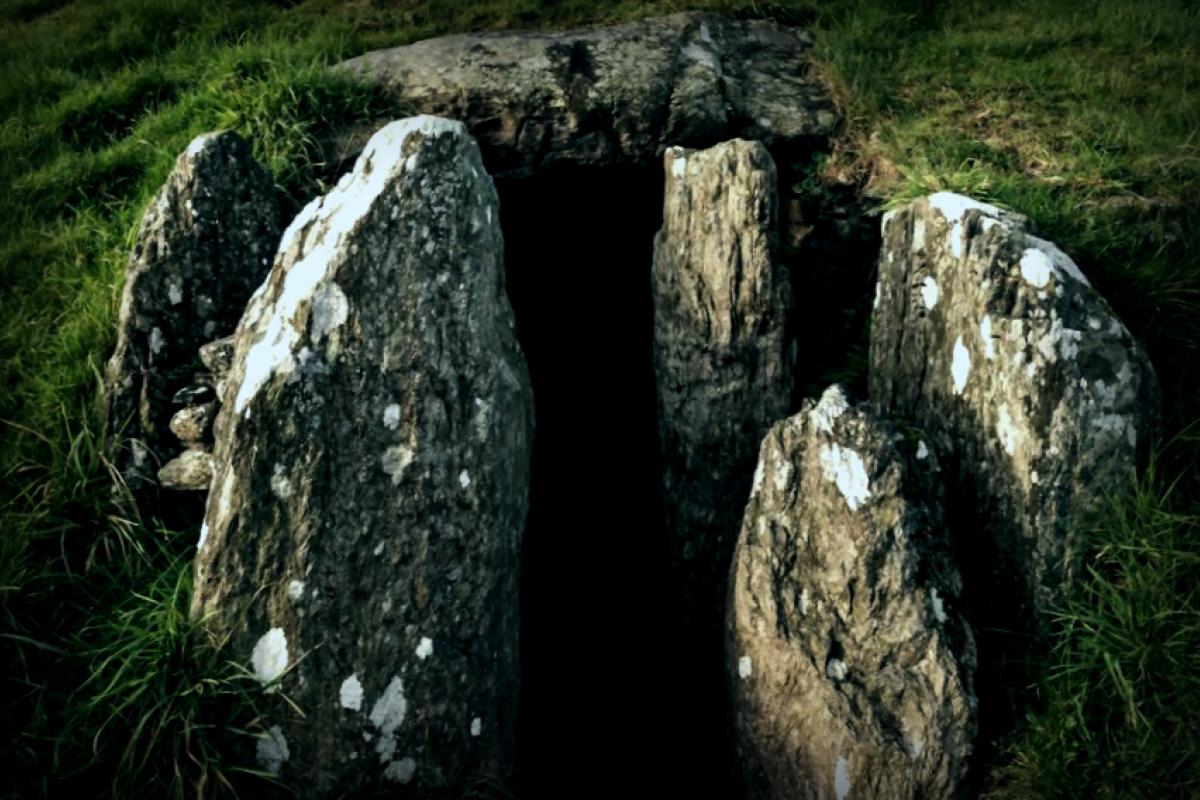Now here’s a tale that’s sure to excite history buffs! Researchers have uncovered an incredible tomb in Spain that dates back 5,000 years. This cultural treasure trove is not just your average find—it’s an impressive 42 feet long and filled to the brim with significant artifacts!
As stated by Serafin Becerra from the University of Cádiz, this could be one of the most monumental dolmens found in Andalusia, which is Spain’s southernmost region. A dolmen is essentially a megalithic tomb found at the site.
Eduardo Vijande, co-director of this exciting project, shared that the tomb’s exceptional preservation state is remarkable. He believes that it will help them gather valuable insights into the lifestyles and beliefs of ancient communities in the area.
The structure of the tomb isn’t just lengthy; it’s pretty complex too! With massive upright stones over six feet tall and various internal compartments, this site will aid researchers in connecting the dots about funerary practices in the southern Iberian Peninsula back in the third millennium B.C.E.
And what’s waiting inside? The research team discovered multiple compartments filled with prestigious burial items. These include bones of the deceased, exotic goods like ivory and amber, plus seashells and intricate flint tools. The flint gadgets consist of arrowheads, sizable blades, and an extraordinary halberd, which resembles a two-handed axe.
Throughout various excavation seasons, it became clear that these ossuaries indicated this location was a community burial spot.
According to Eduarda Vijande Villa, another lead professor at University of Cádiz, the entire structure was originally covered with large stone slabs, topped by a tumulus, which is essentially a manmade mound of sand and small rocks.
Highlighting the adventurous trade of these ancient people, Juan Jesús Cantillo revealed that finding seashells so far inland indicates the significance of the sea in showcasing prestige and suggests there were long-distance exchange routes back then.
Interestingly, dolmens are not limited to the southern Iberian Peninsula. These structures appear throughout history across various regions and have served different purposes—from burials to ceremonial sites, and even territorial markers.
If you’re curious about famous dolmens, they can be found from Europe to Asia. For instance, Spain houses the 7,000-year-old Dolmen of Guadalperal, often submerged underwater but pops up during droughts, and there’s also England’s renowned Arthur’s Stone, featuring nine massive stones weighing around 27 tons.



















